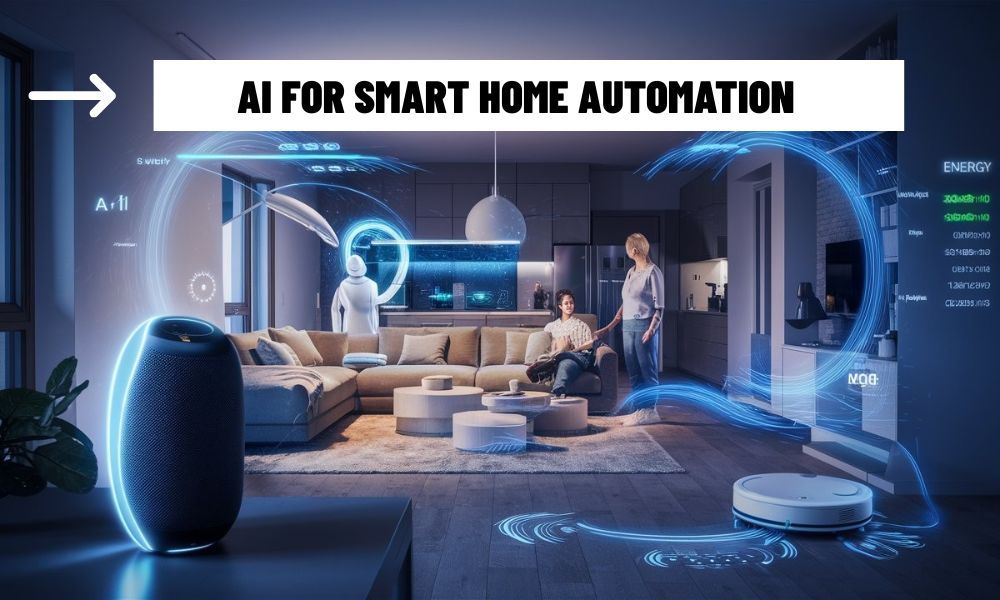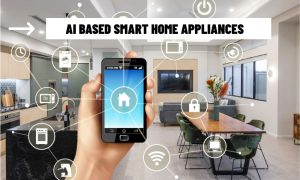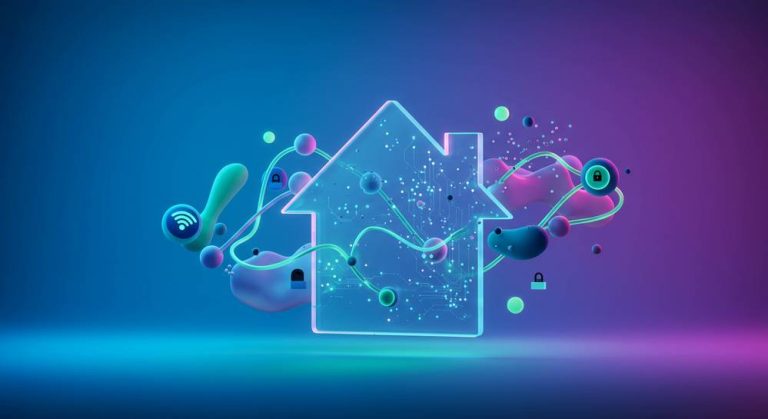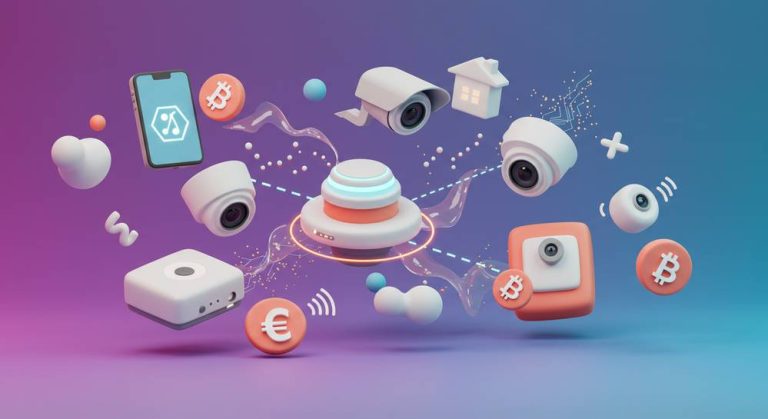Why AI is the Core of Smart Homes
In 2025, AI for smart home automation has become the backbone of intelligent living spaces. By combining machine learning, data analytics, and IoT connectivity, AI enables homes to anticipate needs, enhance security, and optimize energy use. This technology is no longer a luxury but a necessity for modern households seeking efficiency and comfort.
Transformative Features of AI in Smart Homes
Adaptive Automation
AI for smart home automation creates dynamic environments that evolve with user habits. For example, Ecobee SmartThermostat uses AI to adjust temperatures based on occupancy and weather forecasts, cutting energy bills by up to 23%.
Proactive Security Solutions
AI-driven devices like Blink Outdoor Cameras analyze video feeds in real-time, identifying potential threats and reducing false alerts. Facial recognition and behavioral analysis make these systems smarter and more reliable.
Effortless Control
Voice assistants powered by AI for smart home automation, such as Amazon Alexa, allow users to manage multiple devices effortlessly. Whether it’s dimming lights or scheduling appliances, AI simplifies daily routines.
Real-World Impact of AI in Smart Homes
Energy Optimization: AI systems like Lutron Caséta adjust lighting and shades to maximize natural light, reducing electricity usage.
Integrated Ecosystems: Platforms like Home Assistant unify devices, enabling scenarios like turning off all lights when you leave home.
Health and Wellness: AI monitors air quality and humidity via devices like Dyson Purifiers, ensuring a healthier living environment.
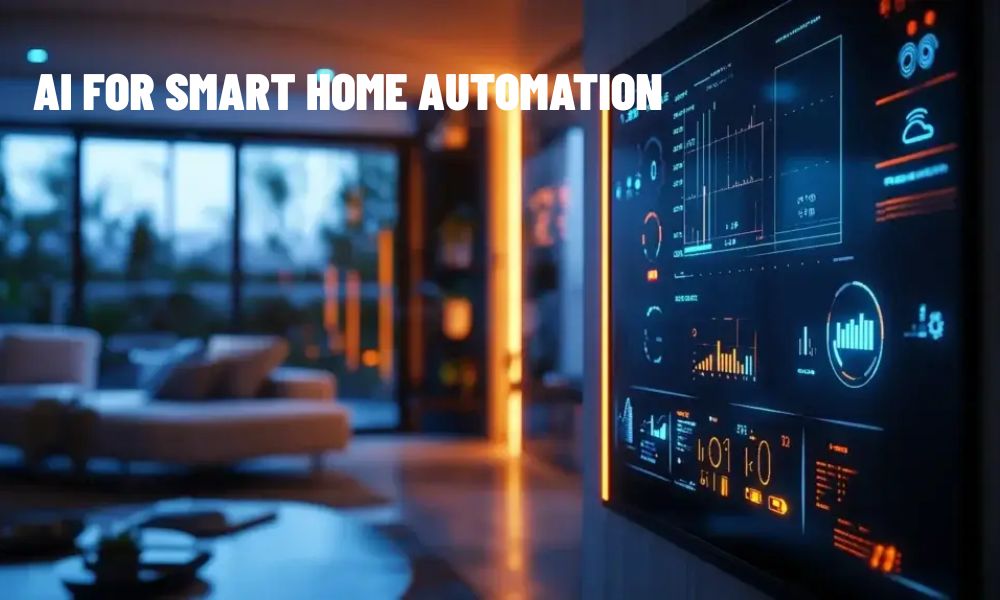
What’s Next for AI in Smart Home Automation?
The future of AI for smart home automation promises even greater advancements:
Interoperability: Standards like Matter will streamline device communication, eliminating compatibility issues.
AI Assistants Evolving: Beyond voice commands, assistants will predict needs, such as suggesting recipes based on fridge contents.
Sustainability Focus: AI will drive net-zero homes by optimizing renewable energy sources like solar panels.
Steps to Build Your AI-Powered Smart Home
Select a Platform: Choose a hub like Google Home or Amazon Alexa for seamless device integration.
Invest Gradually: Begin with smart plugs or lights, then expand to security or climate control systems.
Secure Your Network: Enable two-factor authentication and encrypt your Wi-Fi to protect your smart home.
AI for smart home automation is revolutionizing how we live, offering unmatched convenience, security, and sustainability. As this technology advances, it will continue to shape smarter, more efficient homes. Embrace AI for smart home automation in 2025 to experience the future of living today.
